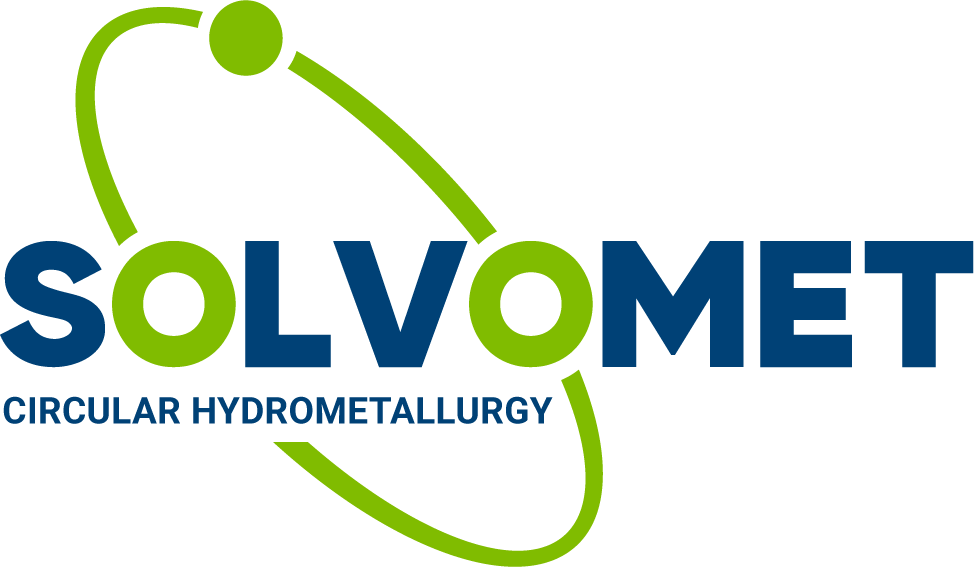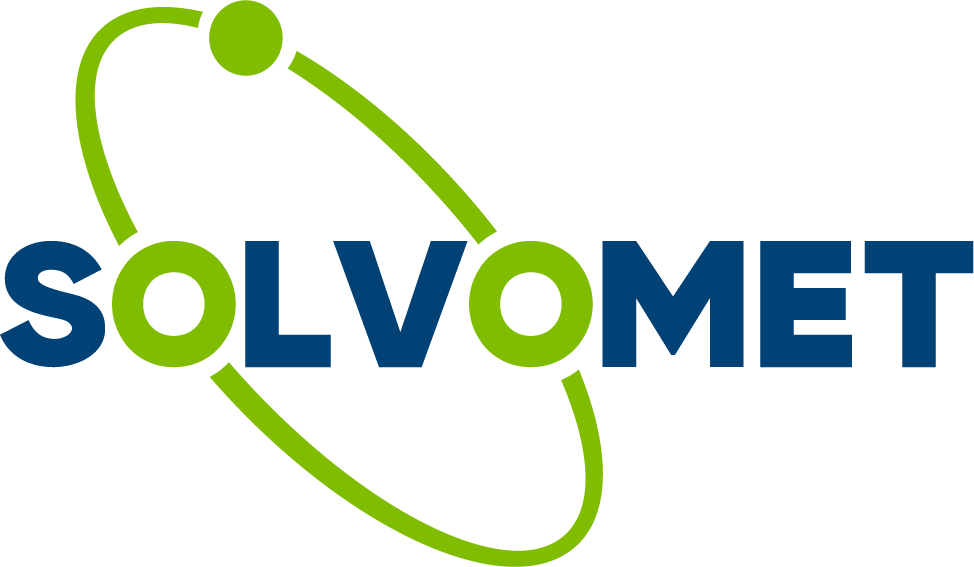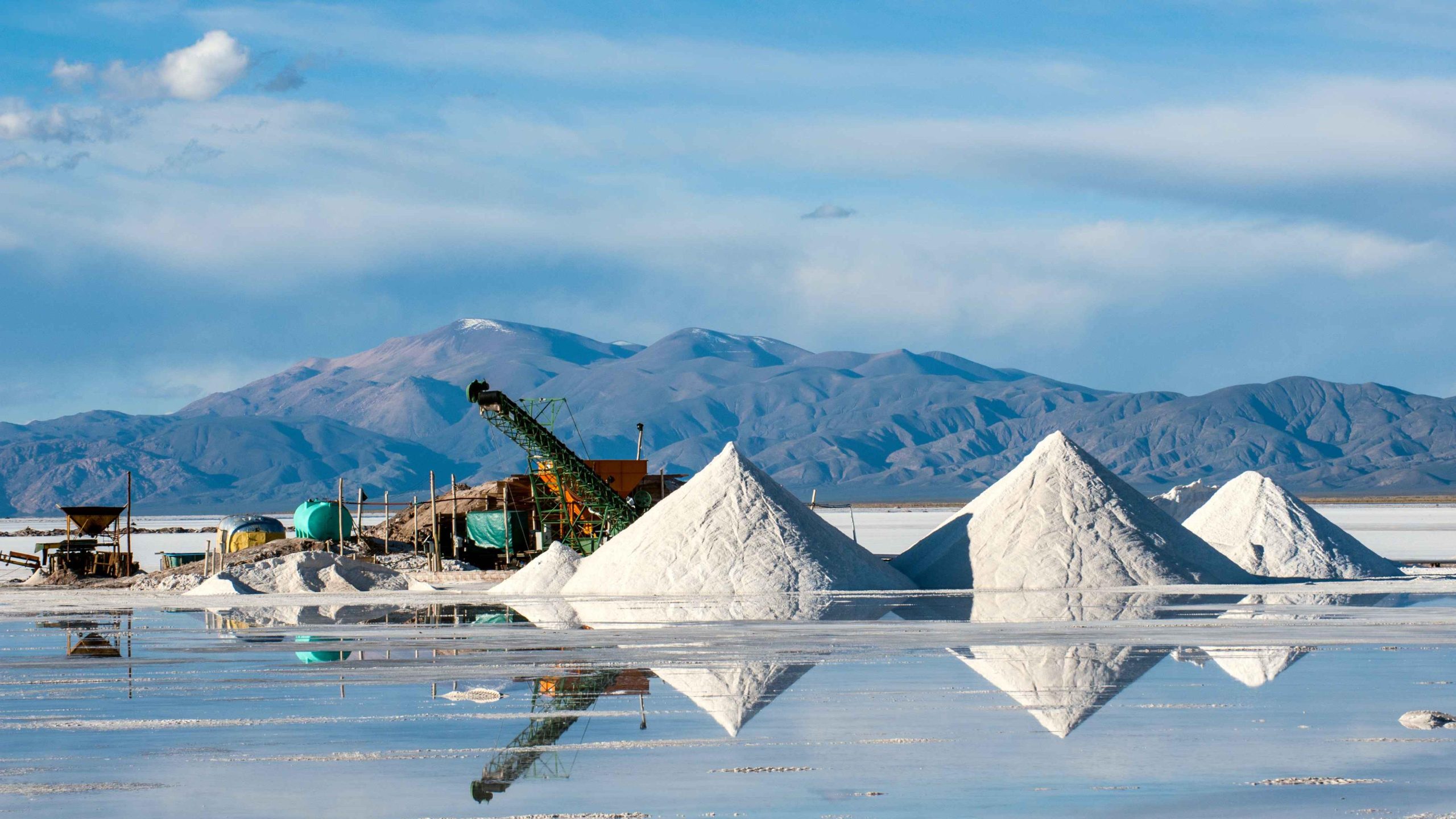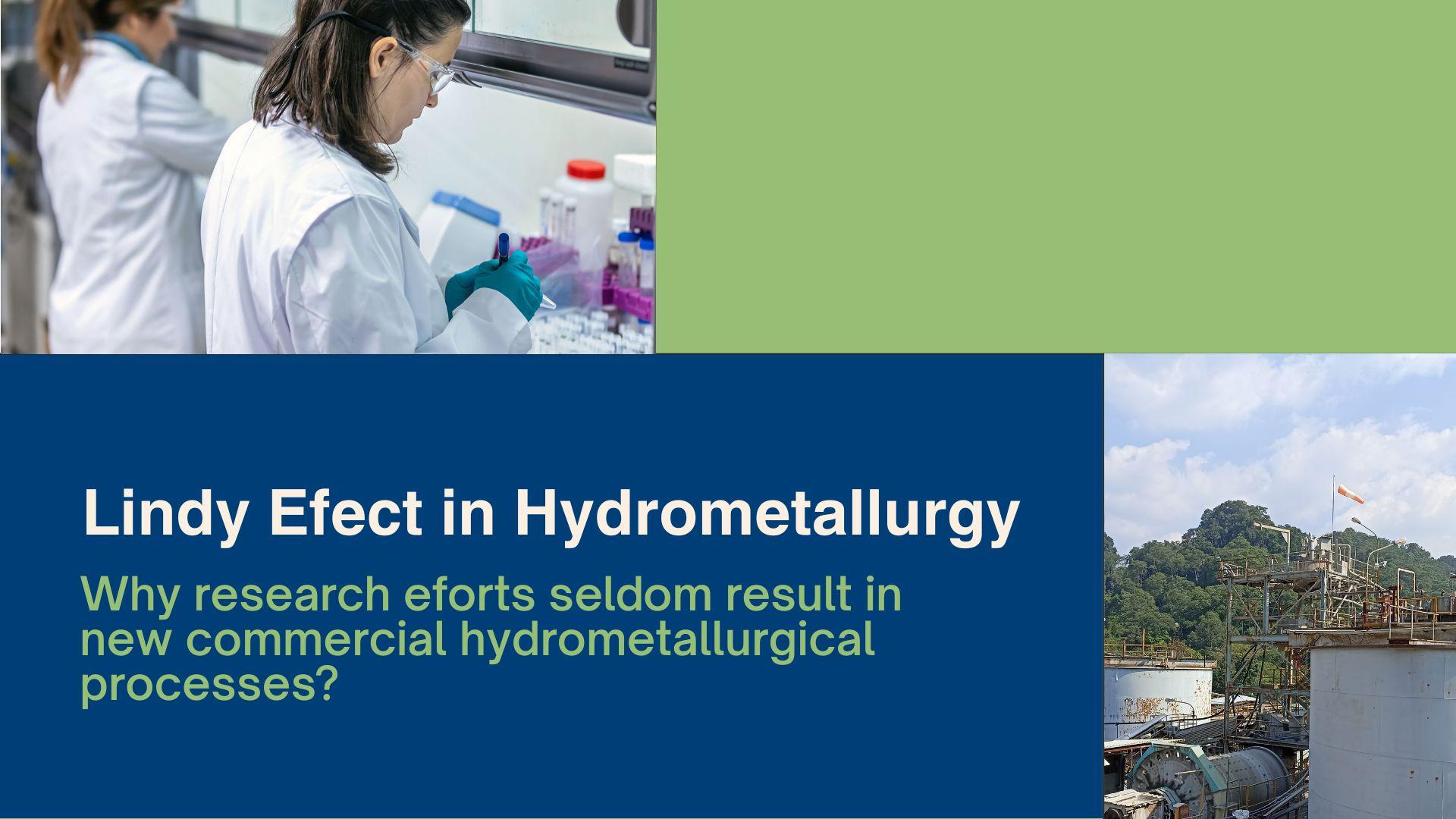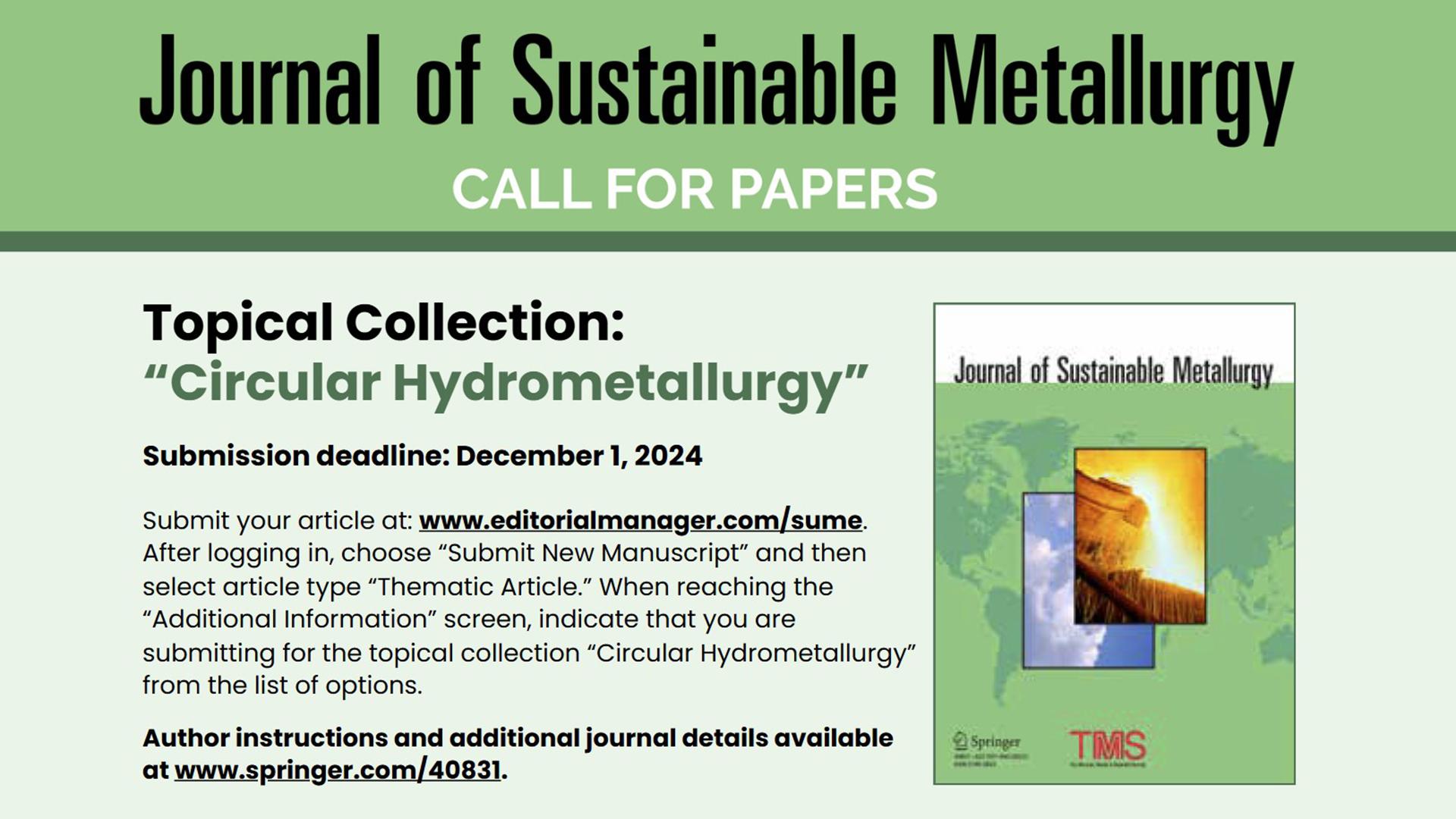SIM² KU Leuven – SOLVOMET researchers have developed a highly selective, synergic solvent extraction system to remove magnesium impurities from lithium-rich solutions for purification of lithium from brines (salars). The new process enables the production of high-purity (99.99%) lithium carbonate. Conventional single-extractant systems only remove 86-98% magnesium impurities while co-extracting 3-5% lithium. The new system removes virtually 100% magnesium with only 0.6% lithium co-extraction. This invention allows a major improvement in terms of the environmental footprint of the lithium recovery process from brines. Given the exponentially growing demand for Li-ion batteries (LIBs) the new process can become a key enabler for the rollout of (clean) e-mobility and stationary renewable energy storage.
To facilitate the transition to climate-neutral economies, we are witnessing an exponentially growing demand for Li-ion batteries (LIBs) for e-mobility and stationary renewable energy storage. To fulfil this demand, the supply of affordable and sustainable battery-grade lithium salts is required.
Lithium recovery from brines (salars)
Lithium can be produced from various primary and secondary resources. Primary resources comprise brines (salars) and hard rock ores (pegmatites containing spodumene, petalite, lepidolite, amblygonite and other lithium minerals), while secondary resources include End-of-Life lithium-ion batteries (as processed by for instance Umicore).
Currently, the supply from primary resources predominates the secondary streams. As regards the primary resources, salt brine lithium production accounts for most of the market, although hard rock mining is gaining momentum.
Lithium recovery from brines (salars) is mainly operated in South America (Lithium Triangle in Chile, Argentina (e.g. Salinas Grandes salar – featured image) and Bolivia), as well as in China (Qinghai-Tibet Plateau).
Li recovery from brines, including the evaporation and precipitation steps, requires between 1 and 2 years. Concurrently, unless expensive liner systems are used, the evaporation ponds typically comprise very high lithium losses.
Removal of magnesium impurities by precipitation can only yield a low-purity lithium solution (<99%), which does not meet the requirement for battery-grade (99.5%) and high-purity (99.99%) lithium salts.
What’s more, the Mg(OH)2 that is precipitated from the brine needs to be discarded, while the magnesium precipitation consumes large volumes of reagents.
Furthermore, lithium recovery from brines requires the use of high quality water, contributing to a high energy and water footprint. This may lead to conflicts with local communities living in the vicinity of the ponds. Such conflicts erode the Social Licence to Operate (SLO) for lithium production.
Hence, it is clear that lithium recovery from brines requires major innovations to improve the environmental and social sustainability of the lithium extraction and purification value chain. Researchers from the SIM² KU Leuven SOLVOMET Group at the Department of Chemistry have now developed a breakthrough process to reduce the environmental footprint of the magnesium/lithium separation. The work is published in an open access paper in AIChe Journal.
The synergic solvent extraction system containing β-diketone and Cyanex 923
Magnesium is a common impurity in the lithium-rich solutions from the processing of lithium-containing brines. The current separation method to remove magnesium is by precipitation, which suffers from a variety of drawbacks, such as loss of lithium and generation of waste, as discussed above.
Many researchers have tried to develop alternative processes, based on solvent extraction. However, even the best extraction systems (such as D2EHPA and Versatic Acid 10) still have relatively low selectivity.
However, in the present SOLVOMET–SIM² KU Leuven study, a synergic solvent extraction system has been developed. The system involves β-diketone and Cyanex 923, which leads to high selectivity of magnesium over lithium, with separation factors larger than 1000. The work was performed through Prof. Koen Binnemans' ERC Advanced Grant SOLCRIMET project.
The process for selective magnesium removal
The mechanism for magnesium and lithium extraction by the synergic solvent extraction system has been investigated in detail and the conditions for the separation have been optimised.
Based on the extraction mechanism and the optimised conditions, a synthetic solution containing 24 g/L Li and 0.24 g/L Mg (1.0 wt%) was tested for magnesium removal using the synergic solvent extraction system.
After three counter-current extraction stages, virtually 100% Mg was removed (< 0.1 ppm left) with as low as 0.6% co-extraction of lithium. The excellent Mg/Li separation is the best performance reported so far, it is promising for application in lithium processing for the production of battery-grade (99.5%) and high-purity (99.99%) lithium carbonate, which will be a key enabler for the transition to clean mobility and energy storage.
Full Reference paper
Li, Z., Binnemans, K., Selective removal of magnesium from lithium-rich brine for lithium purification by synergic solvent extraction using β-diketones and Cyanex 923. AIChE J. 2020, e16246. https://doi.org/10.1002/aic.16246
Scientific abstract
In the production of battery‐grade and high‐purity Li2CO3, it is essential to remove magnesium impurities. The state‐of‐the‐art solvent extraction (SX) process using Versatic Acid 10 and D2EHPA co‐extracts 3.3–5.5% lithium, while removing 86–98% magnesium. Here, we demonstrate that synergic SX systems containing a β‐diketone (HPMBP, HTTA or HDBM) and Cyanex 923 are highly selective for magnesium extraction over lithium (separation factor α > 1,000). The extracted magnesium and lithium complexes have the stoichiometry of [Mg∙A2∙(C923)2] and [Li∙Ax∙(C923)2] (x = 1, 2), respectively (A represents deprotonated β‐diketone). The three β‐diketone synergic SX systems all considerably outperformed the Versatic Acid 10 system for magnesium removal from a synthetic solution containing 24 g L−1 Li and 0.24 g L−1 Mg. In a three‐stage batch counter‐current extraction, the HPMBP and Cyanex 923 synergic SX system removed 100% magnesium with only 0.6% co‐extraction of lithium. This excellent Mg/Li separation is the best result reported so far.
Acknowledgments
ZL was supported by the Senior FWO Postdoctoral Fellowship (181203/12Z1920N). KB acknowledges funding from the European Research Council (ERC) under the European Union’s Horizon 2020 Research and Innovation Programme: Grant Agreement 694078—Solvometallurgy for critical metals (SOLCRIMET).
About the lead author
 Zheng Li obtained his PhD from the University of Melbourne in 2016. Then he went to Qinghai-Tibet Plateau to work on the recovery of lithium from salt lake brines. From May 2017 to Sep. 2019, he works on non-aqueous solvent extraction sponsored by SOLCRIMET project at KU Leuven as a postdoctoral researcher. Now he is focusing on recovery and separation of lithium, supported by Senior FWO Postdoctoral Fellowship. He will also be a scientific mentor for the SOLVOMET-SIM² KU Leuven researchers in the new Horizon 2020 SEA4VALUE project, where Li extraction will be a core target.
Zheng Li obtained his PhD from the University of Melbourne in 2016. Then he went to Qinghai-Tibet Plateau to work on the recovery of lithium from salt lake brines. From May 2017 to Sep. 2019, he works on non-aqueous solvent extraction sponsored by SOLCRIMET project at KU Leuven as a postdoctoral researcher. Now he is focusing on recovery and separation of lithium, supported by Senior FWO Postdoctoral Fellowship. He will also be a scientific mentor for the SOLVOMET-SIM² KU Leuven researchers in the new Horizon 2020 SEA4VALUE project, where Li extraction will be a core target.
SIM² KU Leuven?
SIM² KU Leuven is the KU Leuven Institute for Sustainable Metals and Minerals (SIM² in short). SIM² is one of the four official KU Leuven Institutes that were endorsed by the KU Leuven Academic Council in November 2019. SIM² has more than 220 members, coming from a wide range of (interdisciplinary) research groups and departments at KU Leuven. SIM²’s missions is “to develop, organise & implement problem-driven, science-deep research & future-oriented education, contributing to the environmentally friendly production & recycling of metals, minerals & engineered materials, supporting (…) a climate-friendly, circular-economy”. Read more about the new KU Leuven Institute here. Follow SIM² on LinkedIn: https://www.linkedin.com/company/18118889
